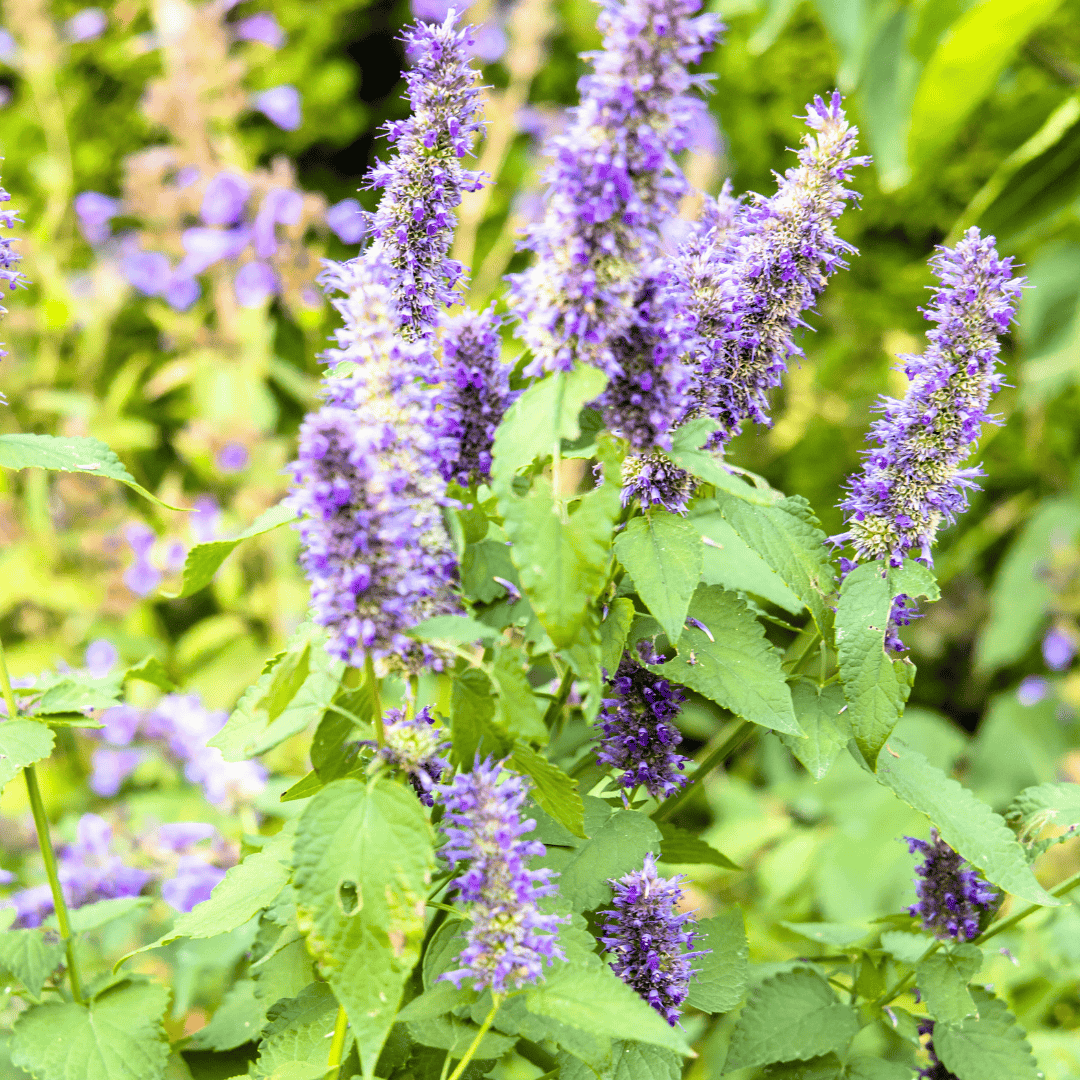



A symbol of both ancient wisdom and modern countercultures, patchouli remains a fragrance of mystery and rebellion.

%20(2).png)

Native to Southeast Asia, patchouli, or Pogostemon cablin, grows in Sri Lanka, Indonesia, the Malay Peninsula, New Guinea, and the Philippines, as well as parts of Nepal and North East India. The word “patchouli” comes from a Tamil word meaning “green leaf”. It is now cultivated in many tropical climates around the world, including Madagascar, South America, and the Caribbean. Patchouli thrives in warm, humid weather, and it is often planted as an understory crop, alongside coconut, rubber or palm trees. The bush is a perennial, and grows to a height of 1 meter. The leaves, odorless when picked, are harvested from May to September, and develop their characteristic odor in the fermentation process.

Used in Chinese medicine for centuries, patchouli only arrived in the West in the 1800s. While in Egypt, Napoleon Bonaparte acquired a Kashmiri shawl for Empress Josephine, who became enamored with it and began collecting the beautiful textiles. Soon, the popularity of the Kashmir valley shawl exploded, and so did domestic imitations. But there was one simple way of telling a true cashmere from a fake: by its smell. Since the real shawls would be layered with dried patchouli leaves, to repel moths, the lasting scent would attest their authenticity.
Around 1826, French perfumers discovered the true source of the the now fashionable fragrance and started importing and growing Pogostemon cablin (which is probably a different type of patchouli then the one used to repel moths from cashmere fabrics, most likely Pogostemon heyneanus). In the late 1800s, patchouli slowly fell out of favour, because its scent would often be associated with marital infidelity, since it was so persistent. For this reason, women who wanted to be considered respectable started wearing lighter floral scents.
In the 1960s, patchouli was associated with the hippie movement. Perfumer Jean-Claude Ellena recalls: “Young people of both sexes perfumed themselves with essences of musk that did not really smell like musk (no one knew its actual odor), sandalwood, and patchouli (...) We went to bazaars and drugstores, not perfumeries. Only the patchouli was real, judging by the cost.” And though modern perfumery has now revived patchouli, it is still associated with the freedom of the 60s.

Deep, dark, earthy and a bit minty, patchouli has a penetrating scent that’s long lasting and intoxicating. Pogostemon cablin, the type most commonly used in perfumery, carries a rich, woody aroma with slightly sweet, musty and spicy nuances. Depending on the processing of the material, patchouli can reveal its different nuances, from damp, balsamic and smoky to fruity, herbaceous and green.

Mysterious, grounding and sensual, patchouli is a polarising and unconventional scent that can remind us of times of rebellion and freedom, the counterculture or, closer to home, metaphysical shops.
Bruno Jovanovici, the creator of the now discontinued Dries Van Noten par Frederic Malle Frederic Malle, once said: “if magic had a scent, it would smell of patchouli!” Patchouli's complexity mirrors our own human depth, making it a fragrance that feels both primal and refined. It evokes nostalgia, a connection to nature and liberation.

Patchouli has been shown to offer a plethora of medicinal benefits, especially when it comes to preventing disease, from influenza to colitis. An antidepressant, lung and brain protector, Some of the beneficial activities of specifically patchouli alcohol include anti-influenza virus, anti-depressant, pain reliever and anti-inflammatory agent, patchouli even provides protection against metabolic diseases.
In aromatherapy, patchouli is also used to regenerate skin cells. Use a few drops of high-quality essential oil in a diffuser to enhance your space with its healing fragrance. A natural perfume with a strong patchouli focus, such as Understory by Lingua Planta, can accompany you throughout the day.

Citrus: Bright notes like bergamot, lemon, and orange add a refreshing lift to patchouli’s depth.
Floral: Soft, romantic florals such as rose, jasmine, and ylang-ylang help smooth out its intensity.
Woody: Warm woods like sandalwood, cedarwood, and vetiver complement its earthiness.
Spicy & Herbal: Spices (cinnamon, clove) and herbs (lavender, mint) introduce an invigorating warmth.
Gourmand: Sweet elements like vanilla and amber bring a comforting, creamy touch.

Patchouli essential oil (light or dark), obtained through steam distillation, is the most commonly used material in perfumery. It has a robust, earthy scent profile with warm, rich and fruity undertones. Patchouli absolute, by contrast, is darker and more intense, with a denser texture. Both materials become better with age.
Patchouli is a resilient base note and fixative used to extend and support other notes in a composition. Its unique profile gives it a lot of versatility. It is indispensable in the chypre family, where it combines with oakmoss and bergamot to create the characteristic dry, woody profile. François Coty’s Chypre (1917), the iconic scent that gave the family its name, showcases patchouli’s ability to add a sophisticated and grounding dimension.
In amber perfumes, patchouli blends with spices, resins, and vanillic notes to create warm, mysterious accords. Coromandel by Chanel is a nice example of this. In modern perfumery, patchouli is often used in gourmand compositions, like Mugler’s Angel (1992), where it complements sweet notes like chocolate, caramel, and vanilla. In fruity floral compositions, like Mango Skin by Vilhelm Parfumerie, it adds depth and richness. You can also find it in woody, spicy scents like Purple Haze, by 19-69 or Ganja by Comme des Garçons.
For patchouli’s biggest fans, we recommend a soliflore like Santa Maria Novella’s Patchouli or Patchouly Indonesiano by Farmacia SS. Annunziata.
.png)
The key aromatic compounds in patchouli include patchoulol, α-bulnesene, β-caryophyllene, and pogostol. Patchoulol, the primary constituent, gives patchouli its deep, earthy, and slightly sweet scent, while β-caryophyllene contributes a spicy, peppery undertone, and pogostol enhances the richness with a woody, slightly resinous note.